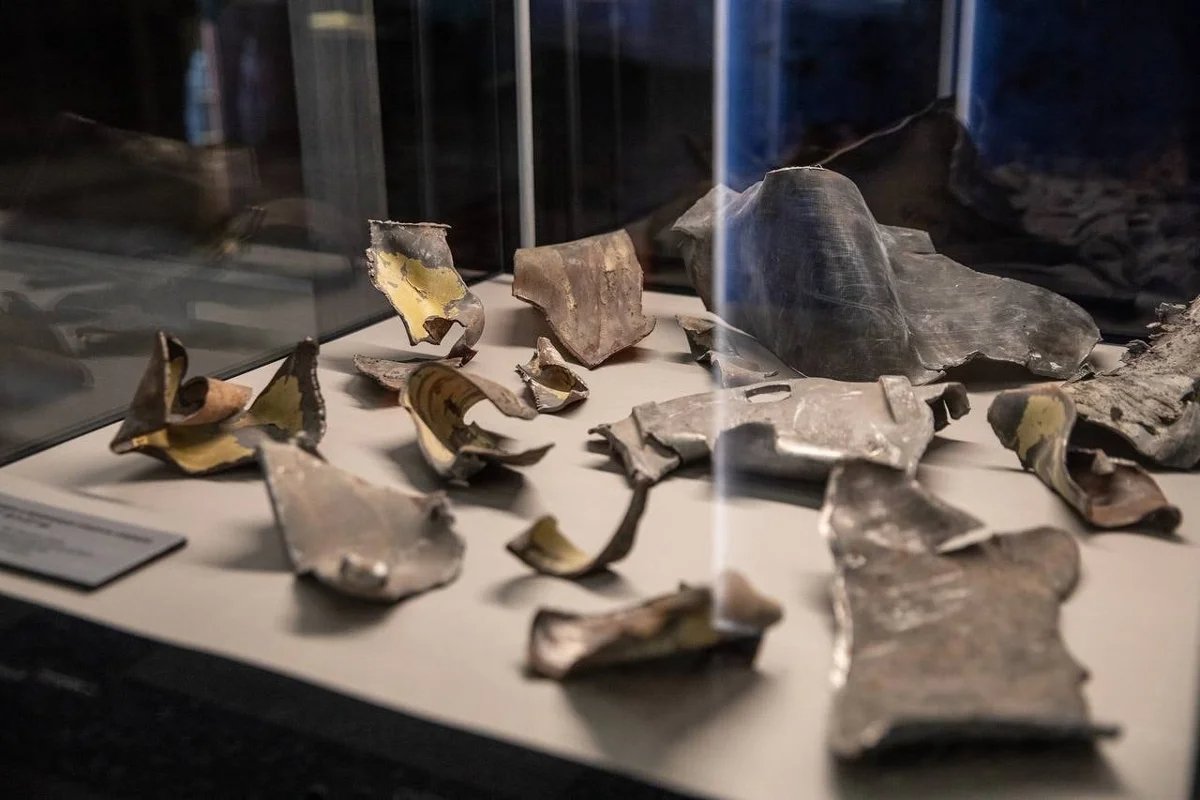
Fragments of captured Ukrainian weapons at the Victory Museum, Moscow, March 2023. Photo: Victory Museum on VK
Novaya Gazeta Europe published a study on Monday showing how Russia’s influential network of regional museums has allowed itself to become a cog in the country’s fierce propaganda machine since the start of the war in Ukraine.
An analysis of the social media presence of over 4,200 state-run museums on Russia’s main social network VK revealed that 750 museums — one in six — had mounted pro-war exhibitions or held pro-war events since the launch of the full-scale invasion of Ukraine three years ago.
In the past three years, museums nationwide have held at least 2,100 war-themed exhibitions, of which at least 805 were devoted to the war in Ukraine. The exhibitions were hosted in 490 museums in 79 regions, including in Russian-occupied areas of Ukraine.
The number of exhibits dedicated to wars in general has increased 13-fold since 2022 when the country’s museums mounted a total of just 36 war-themed exhibitions, a figure that had risen to 482 by 2024. The increase was largely driven by the federal government issuing instruction manuals to regional museums on how to organise such events.
At least 391 of the 805 exhibitions, or 48% of the total, followed the standard guidelines issued by the Culture Ministry or were prepared using ready-made displays provided by Moscow’s Victory Museum, the investigation found.
The Krasnodar region in southern Russia held 48 war-themed exhibitions, the highest number in the country, followed by the neighbouring Rostov region, which held 43. Both regions are close to the border with Ukraine. Only five regions were found to have held no war-themed events at all: Ingushetia and Chechnya in the North Caucasus, Kamchatka and Chukotka in the Far East, and the Nenets autonomous district in the Russian Arctic.
The investigation also revealed that Russian museums have been collecting artifacts related to the war, including items such as powdered soups and camouflage nets to trophy weapons and chevrons seized from Ukrainian servicemen, which have appeared on display at some 513 museums in 81 different Russian regions.
